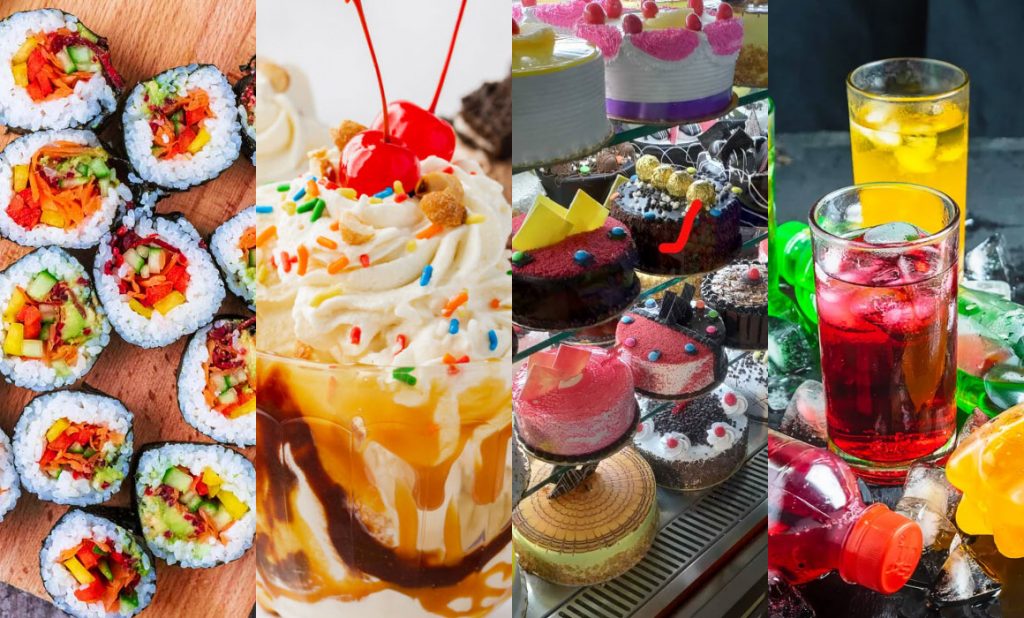When shopping for food, have you ever noticed that some items include GST (Goods and Services Tax) while others don’t? If this sounds confusing, don’t worry—we’ll break it down for you. Here’s a simple overview of how GST applies to food in Australia and what you need to know.
What is GST?
GST is a tax applied to goods and services sold in Australia. For most products and services, this tax is 10% of the price. However, food has special rules, and not all food items are taxed.
GST-Free Food Items
Many everyday food items are GST-free, meaning you don’t pay GST when you buy them. These include:
- Basic groceries: Bread, plain rolls, cooking ingredients (e.g., flour, sugar), and fresh fruits and vegetables.
- Meat and seafood: Raw or minimally processed items like fresh fish, chicken, or beef.
- Dairy products: Milk, cheese, plain yoghurt, and cream.
- Beverages: Bottled water, tea, and fruit juices containing at least 90% juice.
- Specialty items: Baby food, spreads like jam and peanut butter, and breakfast cereals.
These foods are considered essential and are not taxed to make them more affordable.
Taxable Food Items
On the other hand, certain food products are considered “luxury” or non-essential, and GST applies to them. These include:
- Prepared and takeaway meals: Hot foods, sushi, and foods sold in restaurants.
- Confectionery and snacks: Ice cream, chips, biscuits, and chocolate.
- Beverages: Flavored milk, soft drinks, and ready-to-drink tea or coffee.
- Bakery items: Cakes, pastries, and sweet buns with icing or filling.

In general, if a food is ready-to-eat or considered a treat, it’s likely taxable.
Common Questions
Why is some bread GST-free while others are not?
- Plain bread and rolls are GST-free, but if they’re sweetened, iced, or filled (like hot cross buns with icing), they become taxable.
Does packaging affect GST?
- No, the GST status of food usually includes its packaging. However, reusable or promotional packaging may attract GST.
What about mixed food items?
- For hampers or snack packs containing both GST-free and taxable items, each component is taxed individually.
Example of the Supply Chain
Here’s how GST might apply at different stages of food production and sale:
- Farmers sell lettuce to wholesalers GST-free because it’s fresh produce.
- Restaurants turn the lettuce into a salad and sell it to you taxable, as it’s served for immediate consumption.
Final Thoughts
Understanding GST and food doesn’t have to be complicated. Remember, GST-free items are usually basic, raw, or minimally processed foods, while taxable items are often ready-to-eat, sweet, or indulgent. When in doubt, check with your retailer or the Australian Taxation Office (ATO) for more clarity.
Next time you shop, you’ll know exactly what you’re paying for—and why!

